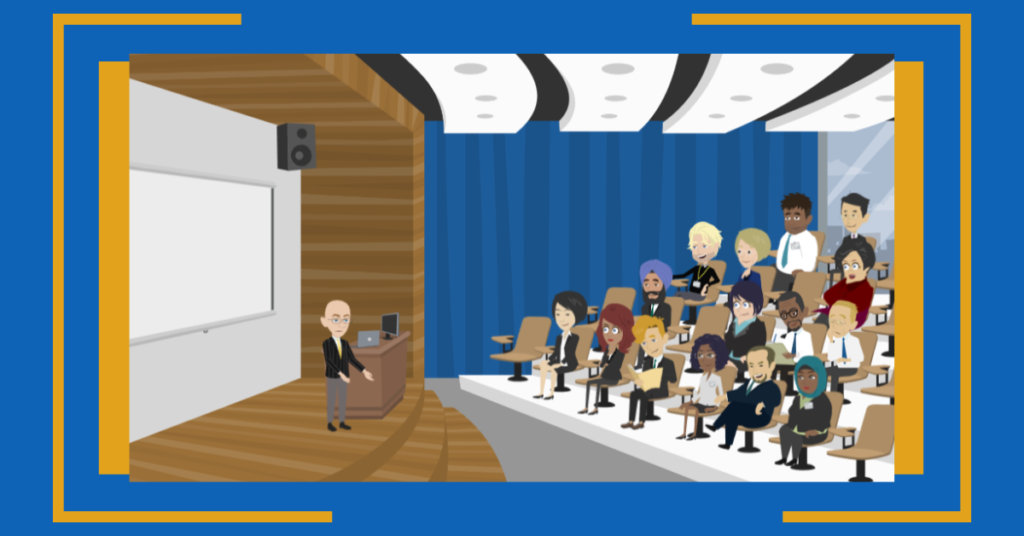
Advocacy Amplified
As music teachers, we continually seek effective strategies to advocate for music education in our schools. While musical activities are valuable, there is a more impactful approach: nurturing musicianship through teaching music literacy skills.

Empowering Young Musicians
The Intersection of Performance, Musicianship, and Music Literacy in the Music Classroom Dr. MICHEÁL HOULAHAN Introduction In the music classroom, young minds embark on a

How to Assess an Interactive Music Curriculum.
When it comes to music education, a well-crafted and dynamic curriculum can revolutionize the learning experience. In this blog, we delve into how to assess the effectiveness of a music education interactive curriculum in promoting critical thinking, engagement, and overall musical development.

Why Takadimi is best for competency
Rhythm syllables have an important role to play in the development of rhythmic concepts and elements at all levels of music education.

The Sound Thinking Method
When I first began teaching, I planned each lesson as part of an “experience, label, and practice” unit. However, my units were not sequentially ordered. I would begin teaching a unit, only to realize that my students lacked a more foundational concept which caused confusion and disinterest for students in the music room. I used any resource I could find and was trying to find activities that were engaging for the students but struggled with how to get them past just singing a song or playing an instrument and how to get them to really understand new musical concepts.

Dr. Houlahan Responds to the New York Times
In recent years, there has been a growing understanding of the importance of playing an instrument by ear, as captured in Sammy Miller’s thought-provoking article ” We’re Teaching Music to Kids All Wrong,”….


